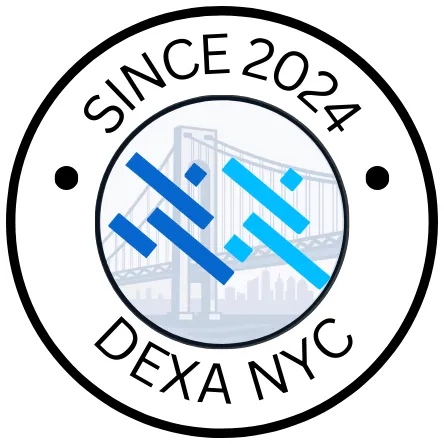THE DEXA SCAN
We believe that a DEXA Scan is The Baseline to Better Health and everyone aged 18-80 should have on-going DEXA Scans to track and measure against their health baseline.
The scan performed by a DEXA (Dual Energy X-Ray Absorption) is a quick and painless Whole Body Scan that provides clarity to the individual using science backed technology to identify body fat, lean muscle and bone health. A DEXA Scan is the GOLD Standard for measuring Bone Health and Body Composition
A DEXA can also provide Three (3) Critical health markers that can be used to identify health risks including Heart Disease, Type 2 Diabetes, Stroke, Osteoporosis and more.
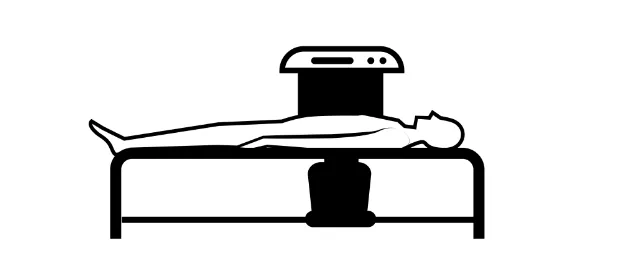
What is a Body Composition
DEXA Scan
The DEXA Scan for Body Composition provides the most accurate breakdown of your body
including your total body fat percentage, visceral fat, muscle mass and how it is
distributed through out your body. Fitness enthusiasts, athletes, and dieters often use
body composition scans to get a baseline of where they are now, and to objectively
measure their progress.
How a DEXA Body Composition Scan Works:
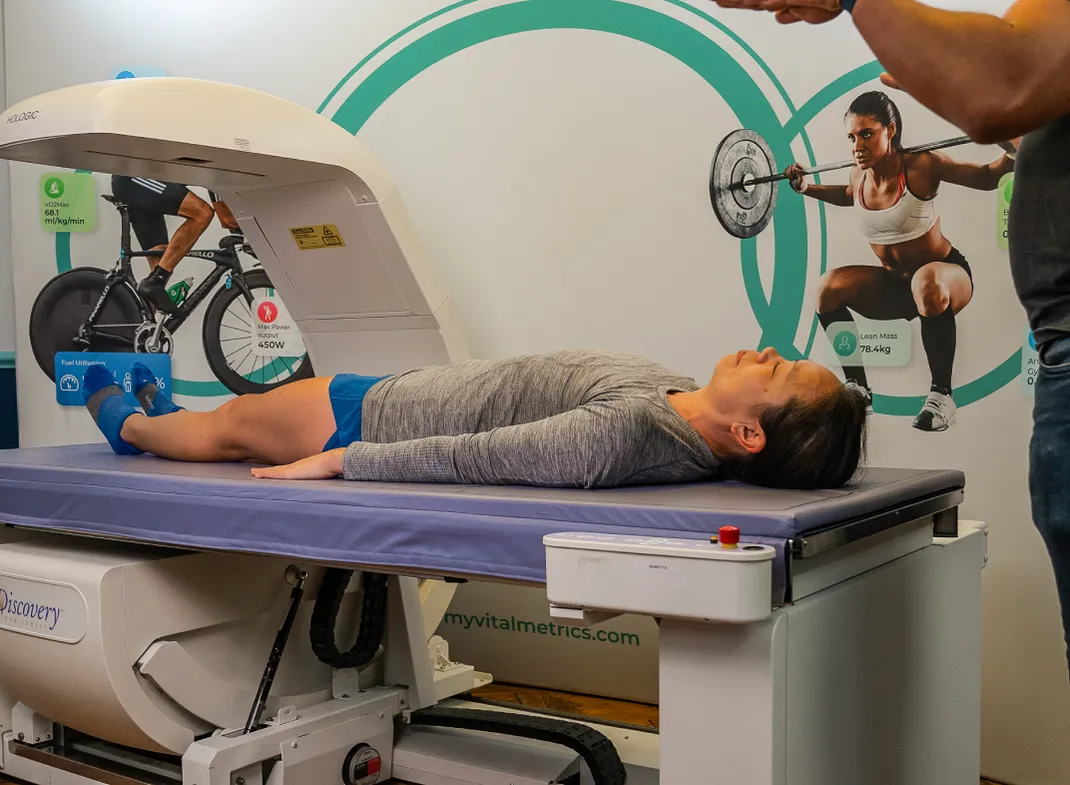
The total scan takes about 7 minutes, where you’ll be lying flat on the scanning bed. The
DEXA is the ‘gold standard’ body composition testing. It has the greatest precision and
shorter scan times.
STEP 1: Find a location near you
STEP 2: Schedule an appointment
STEP 3: Prepare! Do not take calcium supplements for at least 24 hours before the exam
and avoid wearing clothes with metal zippers or hooks.
STEP 4: Lay flat on the scanning bed for roughly 7 minutes
STEP 5: Directly after you’re scanned, you’ll get your results and will walk through them
with a professional.
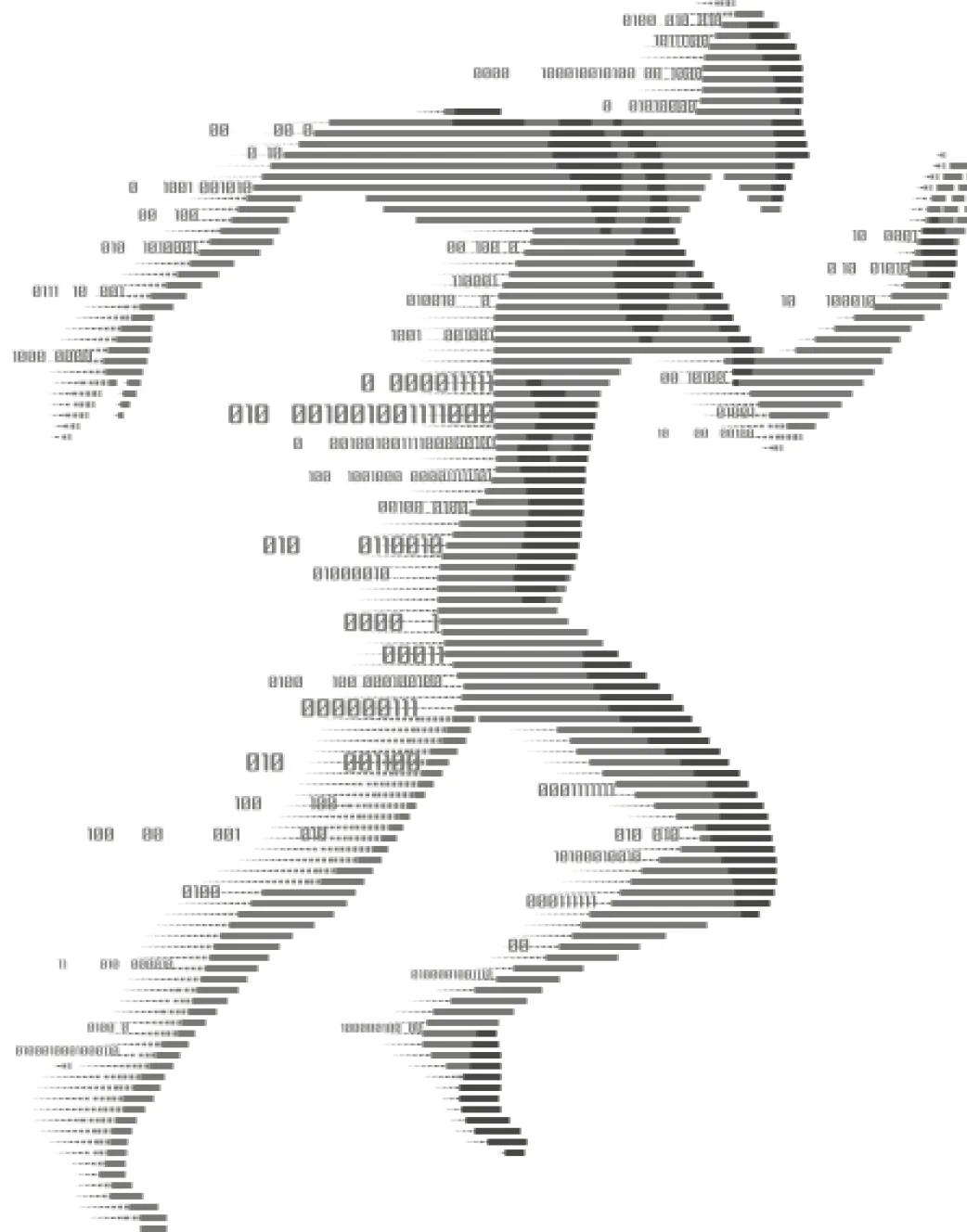
The Results
Total body bone mineral density
Total body muscle mass
Total body fat mass
Total body bone mass
Total body fat percentage
Muscle and fat mass in the trunk
Muscle and fat mass in your right and left arm
Muscle and fat mass in your right and left leg
Central abdominal fat measurement
What is a Bone Density DEXA Scan

A Bone Densitometry test is used to measure how strong your bones are. It is commonly
used to identify osteoporosis, a condition that causes a decrease in the density of bones
resulting in fragility, and to determine a person’s risk for developing fractures. Risk for
developing fracture is determined by age, weight and family/personal history. DEXA is
today’s established standard for measuring bone mineral density (BMD) and is most often
performed on the spine, hips or forearm. Talk to your doctor before scheduling a
DEXA Scan.

How a DEXA Bone Density Scan Works
STEP 1: Talk to your doctor about your eligibility for Bone Density Testing
STEP 2: Your doctor will recommend a nearby Dexa Scan provider that is covered by your health insurance.
STEP 3: Schedule an appointment for the scan and an additional appointment with your doctor to discuss the results.
STEP 4: Prepare! Do not take calcium supplements for at least 24 hours before the exam and avoid wearing clothes with metal zippers or hooks.
STEP 5: Lay flat on the scanning bed for roughly 10 to 20 minutes
STEP 6: Discuss your results with your health care provider.s
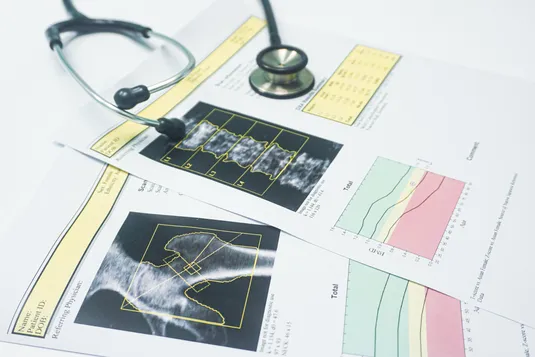
The Results
T score: This number shows your Bone Mineral Density
compared to young adults of the same gender in peak
health.
-1 and above: this is considered a normal score
between -1 and -2.5: this is classified as osteopenia (low bone mass)
below -2.5: this is classified as osteoporosis (extremely low bone mass)
Z score: This number shows your Bone Mineral Density compared to other people in your age group of the same size and gender. If this score is more than 2 standard deviations above or below average, it may indicate a need for further medical tests.
